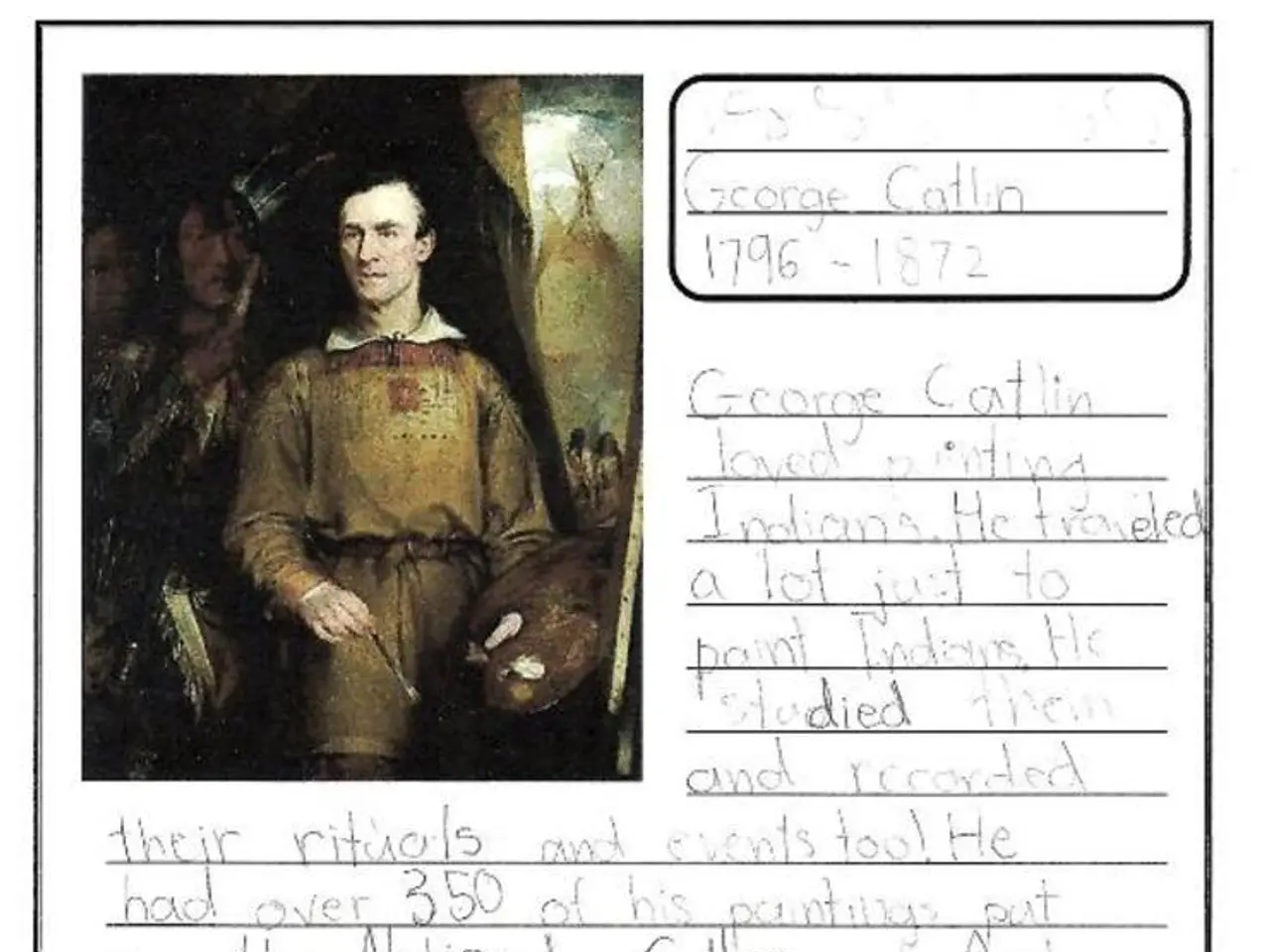Archaeologists at Kripo unearthed ancient Roman fingerprints, dating back approximately 1,900 years, in Sinzig.
Discovered: 1,900-Year-Old Fingerprints of a Roman Potter in Sinzig
In the heart of Germany, archaeologists and fingerprint experts have made a fascinating discovery that sheds light on the Roman era. The findings, which date back nearly 2,000 years, have been unearthed in the small town of Sinzig, located on the banks of the Rhine.
During the Roman era, Sinzig was renowned for its production of Terra Sigillata, a type of upscale everyday ceramic. These products, highly sought-after during that time, were transported as far as France, Britain, and the Alps. These ceramics were often used on special occasions such as Sundays when visitors were present.
A corresponding exhibition on the same topic is currently running in the museum of the City of Sinzig. The exhibition showcases the intricate designs and craftsmanship of the Terra Sigillata pottery, which existed for approximately 20 to 30 years, from around 130 or 140 to 160 AD.
Archaeologist Bernd Liesen from Xanten (NRW) is leading the investigation to uncover more about the potters who created these works of art. With the help of the Düsseldorf Criminal Police, they have secured 1,900-year-old fingerprints from bowls and shards dug up on the field where the Sinzig pottery once stood.
Gabriel Heeren, museum director and archaeologist, is curious to see if corresponding fingerprints can be found in other museums, which would reveal the potter's location beyond Sinzig. Heeren is leading a laborious search for fingerprints of the Sinzig potter across museums and archives north of the Alps within the Roman Empire.
The scientists are interested in how often people changed their location in Roman times as it indicates cultural change due to contact between different cultures. There are indications that the Romans were highly mobile, as shown by the potters, with intense exchange between ceramic factories in Trier, Sinzig, and Metz.
In an effort to document this research, Dr. Bernd Liesen published the book "Stone axe - Brick - Picture bowl" at the beginning of September. The book, published by the Museum of the City of Sinzig, describes the research results on the "Terra Sigillata" manufactory of the Romans on the Rhine in Sinzig.
As the investigation continues, archaeologist Bernd Liesen from Xanten (NRW) is trying to find out where the Sinzig potters went after the production was possibly destroyed by a flood of the Rhine. The discovery of the fingerprints marks a significant step in understanding the mobility of the Romans and the exchange of culture during their time.








